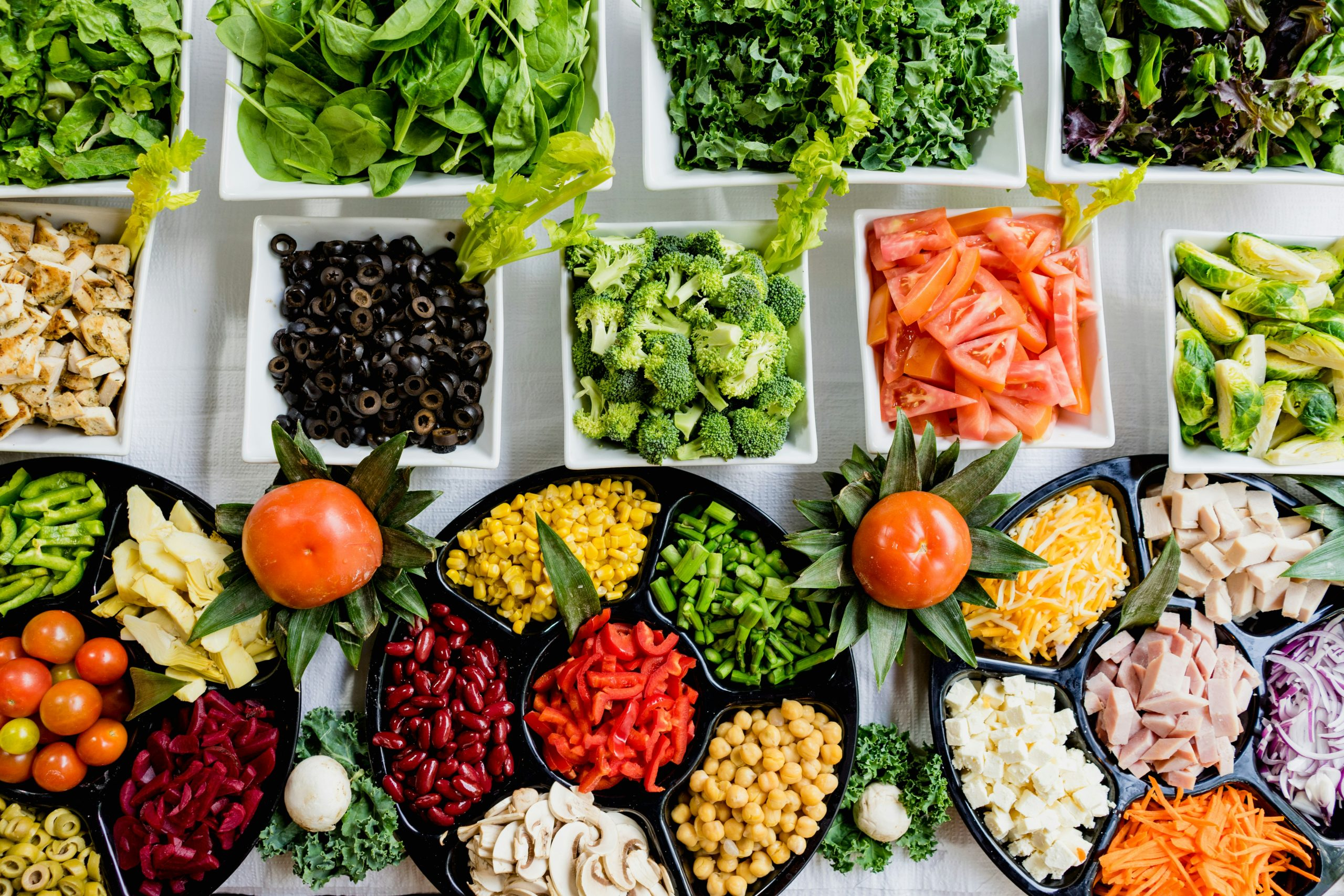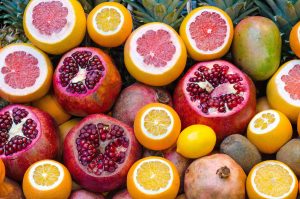Quantum Computing in Food Science: Predicting Nutrient Interactions
Have you ever wished for a way to predict how different nutrients in your food interact with each other? Or wondered how quantum computing could possibly be applied to the field of food science? As unlikely as it may seem, these two worlds are colliding, leading to exciting advancements in the realm of predicting nutrient interactions in the foods we eat. With the use of quantum computing, researchers are now able to understand and predict how nutrients in our food behave, providing valuable insights for the development of healthier and more nutritious options. In this article, we will explore the innovative intersection of quantum computing and food science, specifically focusing on the prediction of nutrient interactions and its potential implications in the future of food technology.
The Basics of Quantum Computing
Before we delve into the realm of food science, let us first understand the basics of quantum computing. Traditional computing follows a binary system of 0s and 1s, where the smallest unit of data is a bit. In contrast, quantum computing makes use of quantum bits or qubits, which can represent multiple states simultaneously, leading to faster and more efficient processing. Think of a light switch – it can either be on or off, representing the two states of a bit. In quantum computing, a qubit can exist in multiple states at the same time, allowing for parallel and more complex calculations.
While quantum computing technology is still in its early stages, with many hurdles to overcome, its potential for solving complex problems at an unprecedented speed is promising. This has led to several industries, including food science, exploring its applications and potential benefits.
Quantum Computing in Food Science
Nutrition is a complex field, with many variables that influence the behavior of nutrients in the foods we consume. Our diets consist of a combination of different nutrients, and the way these interact with each other can have a significant impact on our overall health. In traditional food science research, predicting these interactions has been a challenging task, often resulting in trial and error approaches. However, with the aid of quantum computing, researchers can now simulate and predict the behavior of nutrients at a molecular level, providing valuable insights into how they interact with each other.
Predicting Nutrient Interactions
One of the main areas where quantum computing is making significant strides in food science is the prediction of nutrient interactions. By using algorithms based on the principles of quantum mechanics, researchers are now able to understand how different nutrients interact at a molecular level, providing valuable insights for developing healthier and more nutritious food products. This is especially important in the development of functional foods, which aim to provide health benefits beyond their basic nutritional value.
Moreover, quantum computing can also aid in understanding how different factors such as cooking methods, processing, and storage can impact the interactions between nutrients in our food. With this information, researchers can optimize these variables to create more nutrient-rich and healthier options for consumers. This has the potential to revolutionize the way we approach nutrition and diet, leading to better health outcomes.
Implications for the Future of Food Technology
As quantum computing continues to evolve and advance, so will its applications in food science. With the ability to predict nutrient interactions, researchers can now explore the development of personalized nutrition plans based on an individual’s unique nutrient needs and specific health goals. This has the potential to transform the way we approach nutrition, moving away from a one-size-fits-all approach to a more personalized and tailored approach.
Furthermore, the use of quantum computing in food science has the potential to spur innovative developments in food technology. With a better understanding of nutrient interactions, we can create food products that are not only nutrient-rich but also more stable and resistant to spoilage. This can potentially have a significant impact on food waste reduction, a crucial global issue, and lead to a more sustainable food system.
Conclusion
The merging of quantum computing and food science is a promising avenue for solving complex problems in the field of nutrition. With the ability to simulate and predict nutrient interactions, researchers can create a better understanding of how our food behaves at a molecular level, leading to innovative developments in the future of food technology. As quantum computing technology continues to advance, we can expect to see even more exciting applications in the world of food science, leading to a healthier and more sustainable future for us all.









